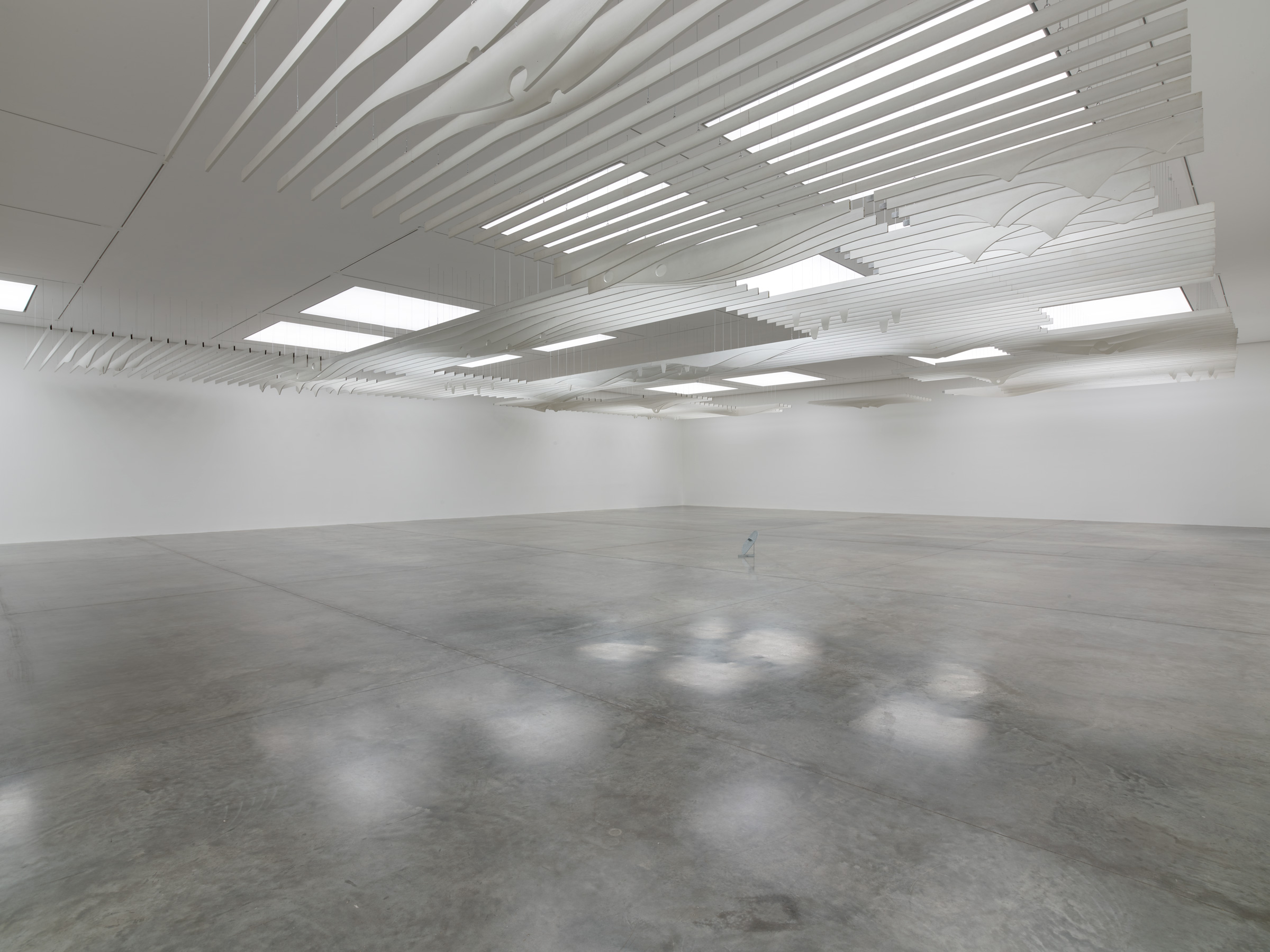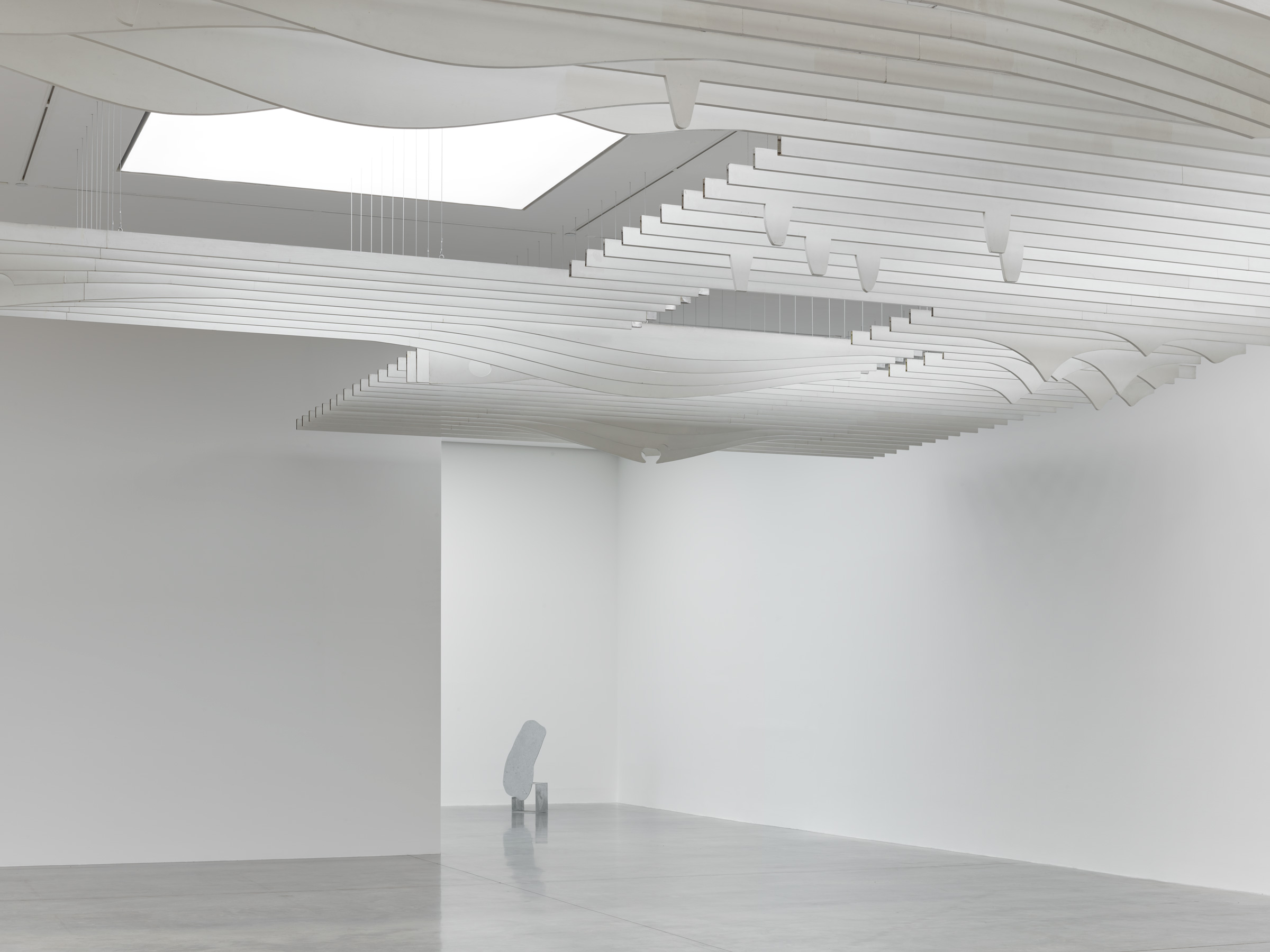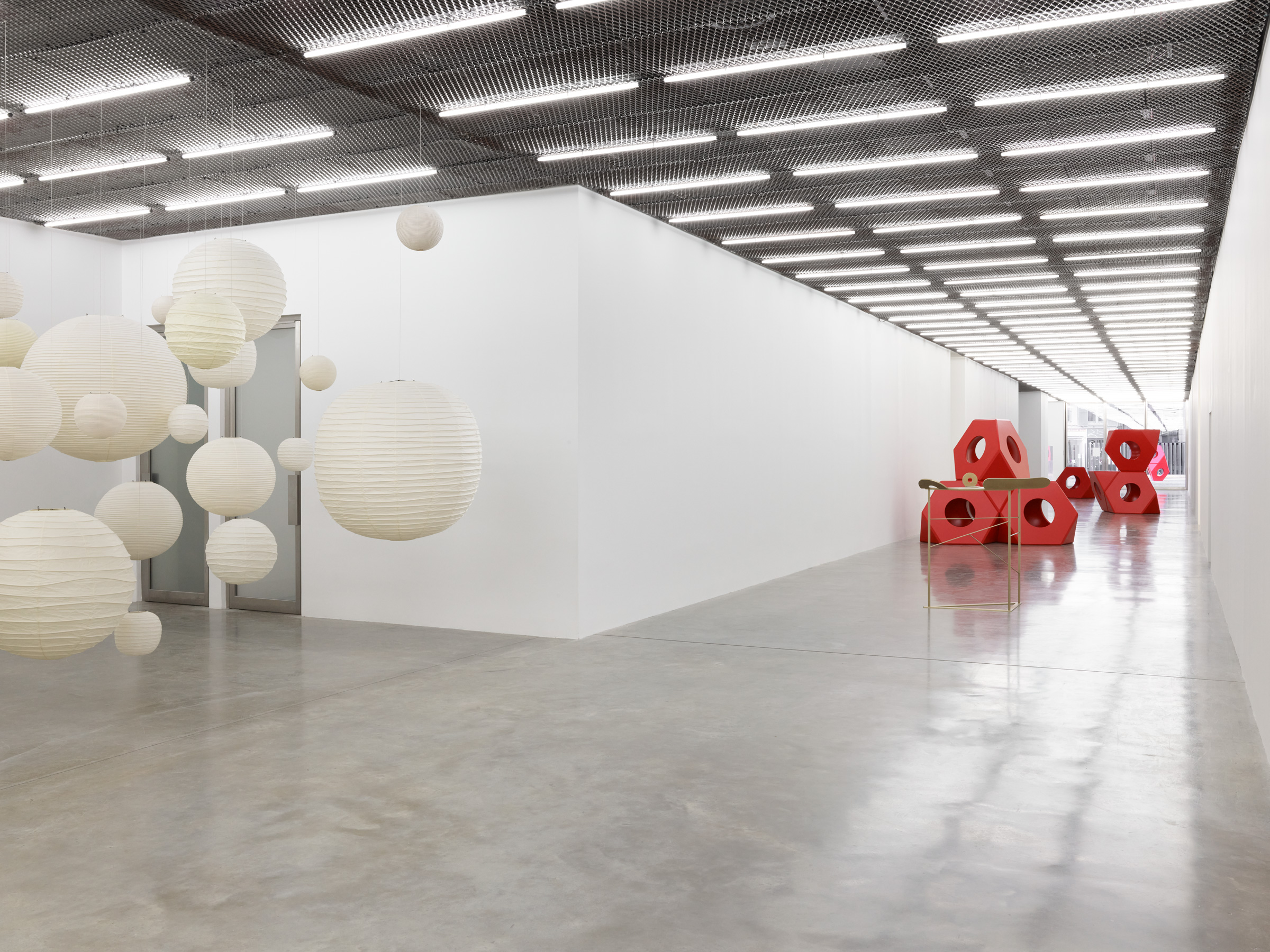The nature of trees and grass is one thing, but there are many degrees of nature. Concrete can be nature. Interstellar spaces are also nature. There is human nature. In the city, you have to have a new nature. Maybe you have to create that nature.
Isamu Noguchi:
A New Nature
February 4, 2022 – April 3, 2022






















